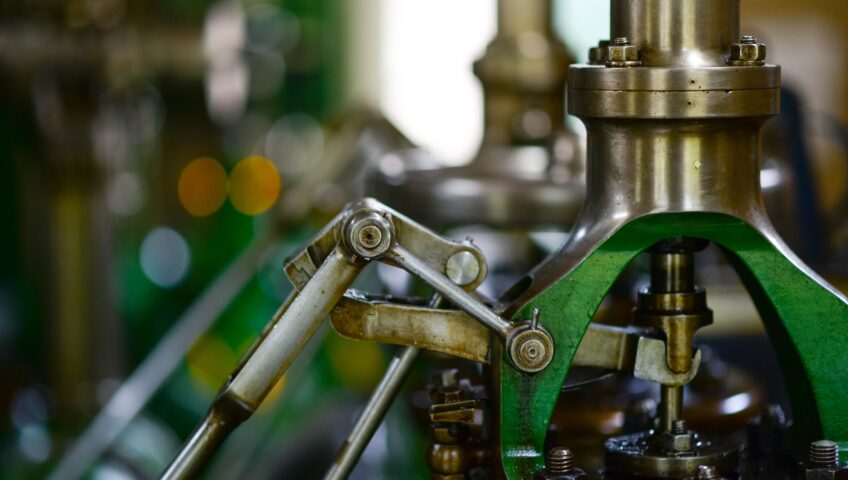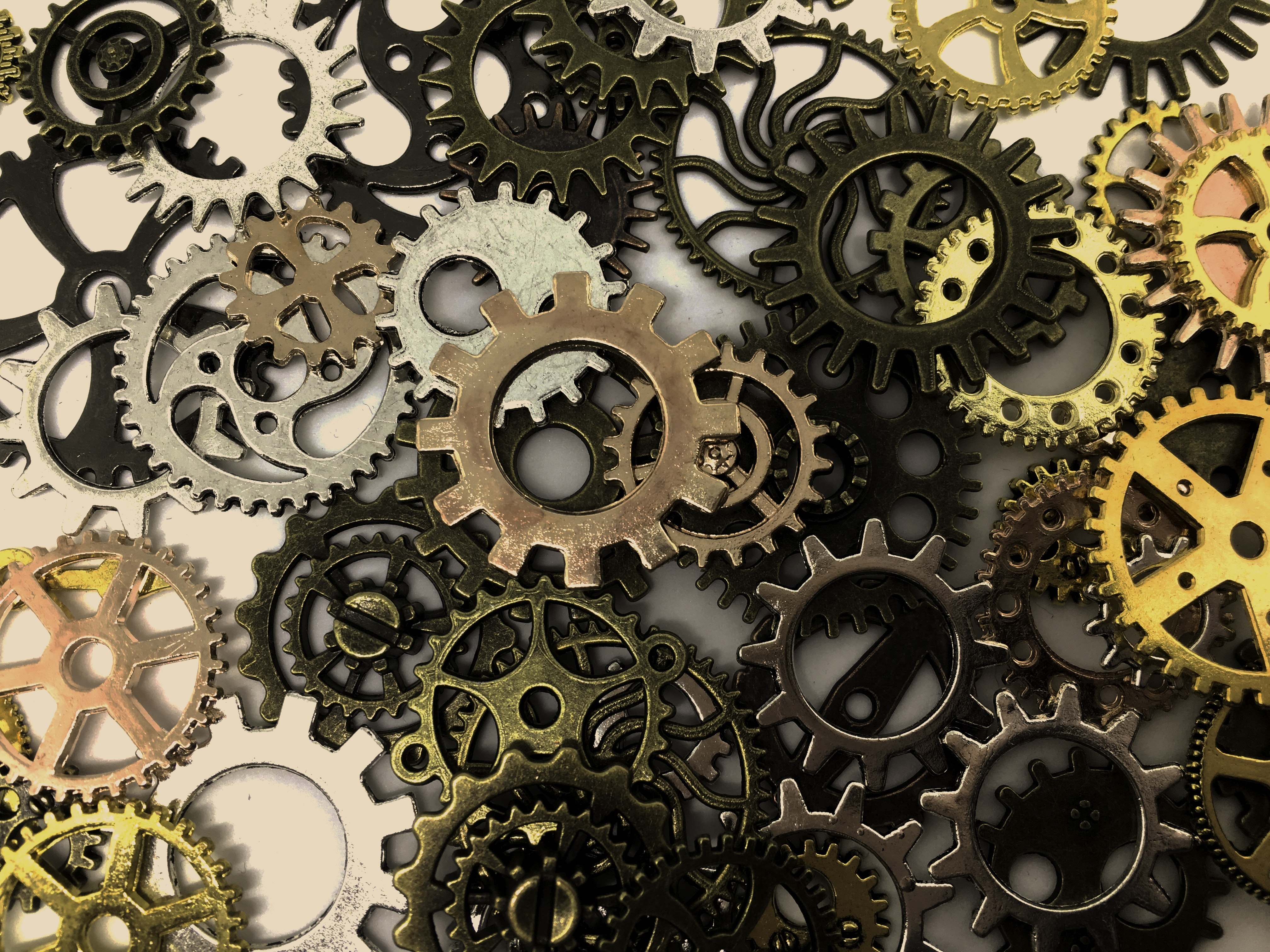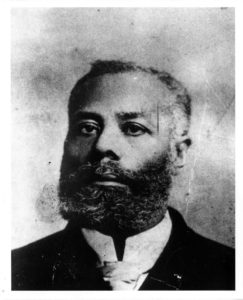Did you know that additive manufacturing (AM) makes physical objects from 3D digital designs? AM is defined by GE Additive as “data computer-aided-design (CAD) software or 3D object scanners to direct hardware to deposit material, layer upon layer, in precise geometric shapes.”
Digital technology has been revolutionizing the engineering industry for decades, and AM brings a new and improved angle that will expand the range of designs. AM is capable of producing shapes that were previously unattainable using only metal powder material and a laser machine. Instead of molding or even machining, the laser machine can recreate and build up the 3D printing layer by layer, including the detailed structures on the inside. AM is so practical that engineers are able to make last minute changes to the 3D printing without delaying or ruining the object. Additionally, a large section of the 3D printing can be made as a single large piece instead of printing multiple smaller parts and then assembling them together. It is safe to say that as the industries become more aware of what AM is capable of doing and AM becomes more popular within industries, it will have a bright future due to its capability of working so well side-by-side with other technology, including machining. AM can also be utilized in other industries such as aviation and medical because it is capable of printing aircraft parts and medical devices, including creation surgical implants.
To learn more about AM, please visit: GE Additive




